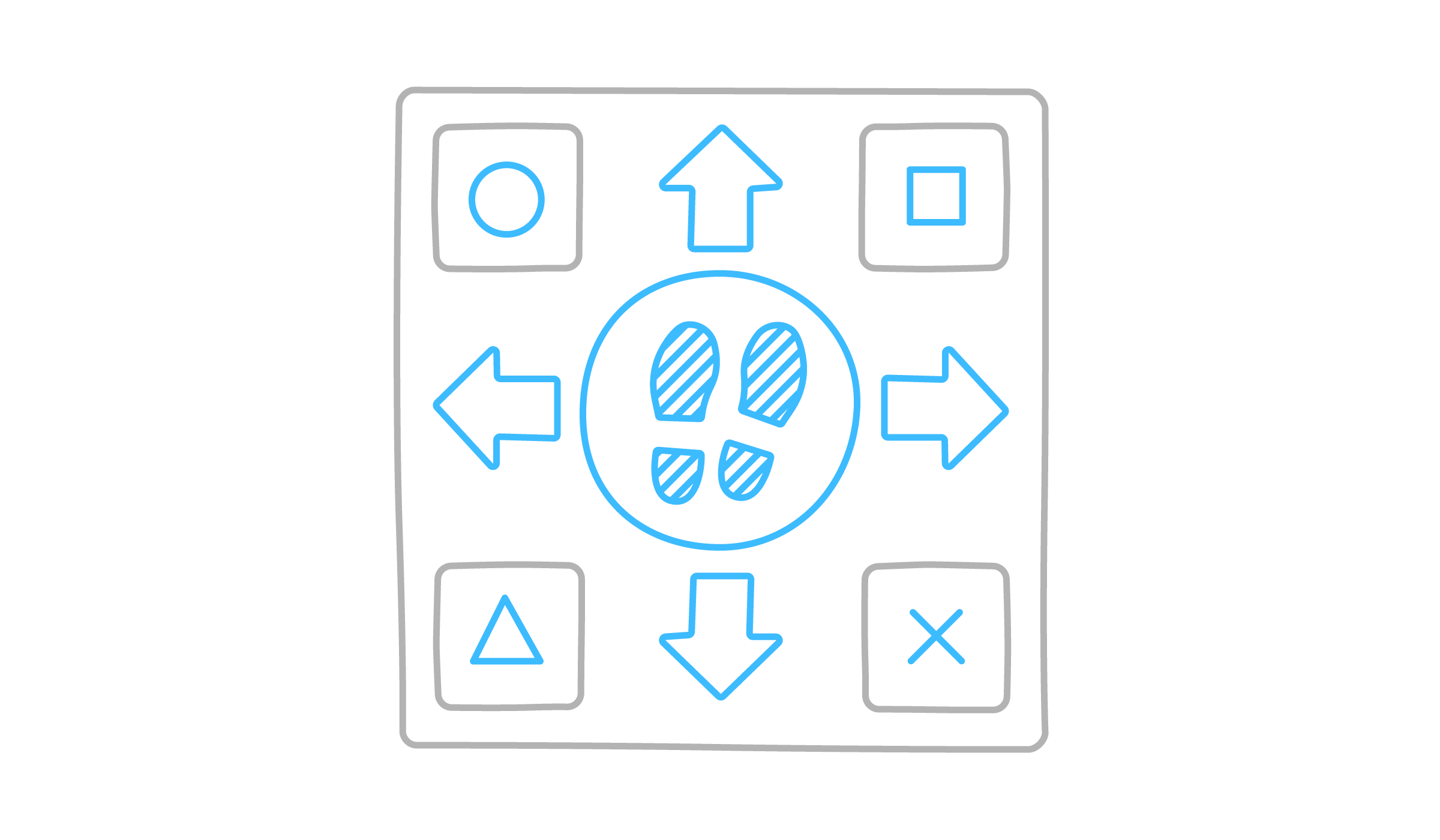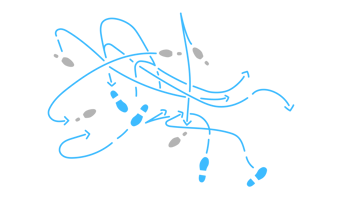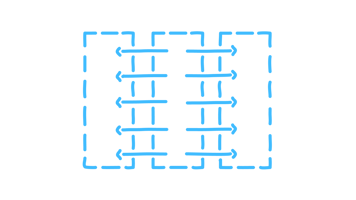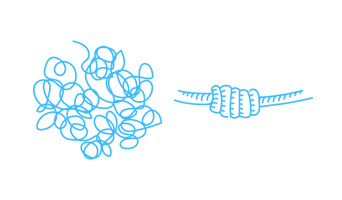Mapping and building organizational capabilities are often discussed in the course of organization design work. And the question arises: Is defining capabilities a precondition in order for organization design work to begin, or can that process be done after the organization design is set?
If we consider the disciplines of organization design work and organizational capability building more questions arise about the order in which to proceed: Should you first design your organization (including, for example, defining structures and processes) and then look at defining, mapping and building organizational capabilities? Or should you work the other way around, and first define capabilities and only then proceed to organization design work?
We were asked these very questions by a Management Kits user who was leading the re-design of a key function and a number of internal service processes across layers in an international NGO.
We recognized this as a good question with no simple answer and for which the process of considering the options is worthwhile in itself. In short, there is a theoretical answer to this question and a pragmatic answer. Spoiler alert: the pragmatic answer is it depends.
Organizational capabilities depend, among other things, on organizational structures and processes
For the theoretical answer, let’s look at the classic definition of organizational capabilities by Clayton Christensen, which was covered in an earlier blog: an organizational capability is the set of factors that defines what an organization can or cannot do. The set of factors resulting in a capability falls into two broad categories – (organizational) resources and (organizational) processes & structures; and these two factors must be aligned along a strategic intent or goal.
Defining Organizational Capabilities
Definition: an organizational capability = the set of factors that defines what an organization can or cannot do.
-
Strategic intent
-
Organizational resources
-
Processes and structures
If you take this definition literally, the capability depends on processes and structures, i.e. organization design. This would imply that you should define your capabilities first and then arrange for structures and processes accordingly.
When the question of organizational capabilities comes up, organizational redesigns are not always an option
The pragmatic answer, however, depends on a number of factors, including the strategic goals and the scope of the org design work. To illustrate this point, here are a number of examples from our coaching work where the question of capabilities came up in more messy contexts (i.e. when the organization could not be re-designed on the green field).
Consider there is a clear view of what the organizational capability should look like, i.e. the capability is mapped, the strategic intent is clear and the resources are identified - but the capability lacks structural support. This is often the case with cross-functional topics such as digital innovation. Companies often fail to build this capability due to entrenched silos. As one remedy, you can do some focused design work in order to enable the respective capability, e.g. through cross-unit processes or other linking mechanisms.
In another case, the capability gap as measured against the strategic intent comes down to lack of specific resources (e.g. relating to skills or technology) where the structural preconditions are met. This is the case when an organization has been re-designed to pull off a new strategy. And only then do the newly formed parts of the organization move on to define the capabilities they need within their different units and functions, e.g. to unlock a new market segment or to experiment with a new business model.
In summary, organization design and organizational capabilities are intertwined and must be defined and refined in an iterative process.
Our general recommendation is to restrict yourself to a limited number of crucial capabilities and then choose a disciplined and focused approach to building them alongside the strategic ambition, resources, and structures and processes, whether they are already in place or need to be re-defined.



